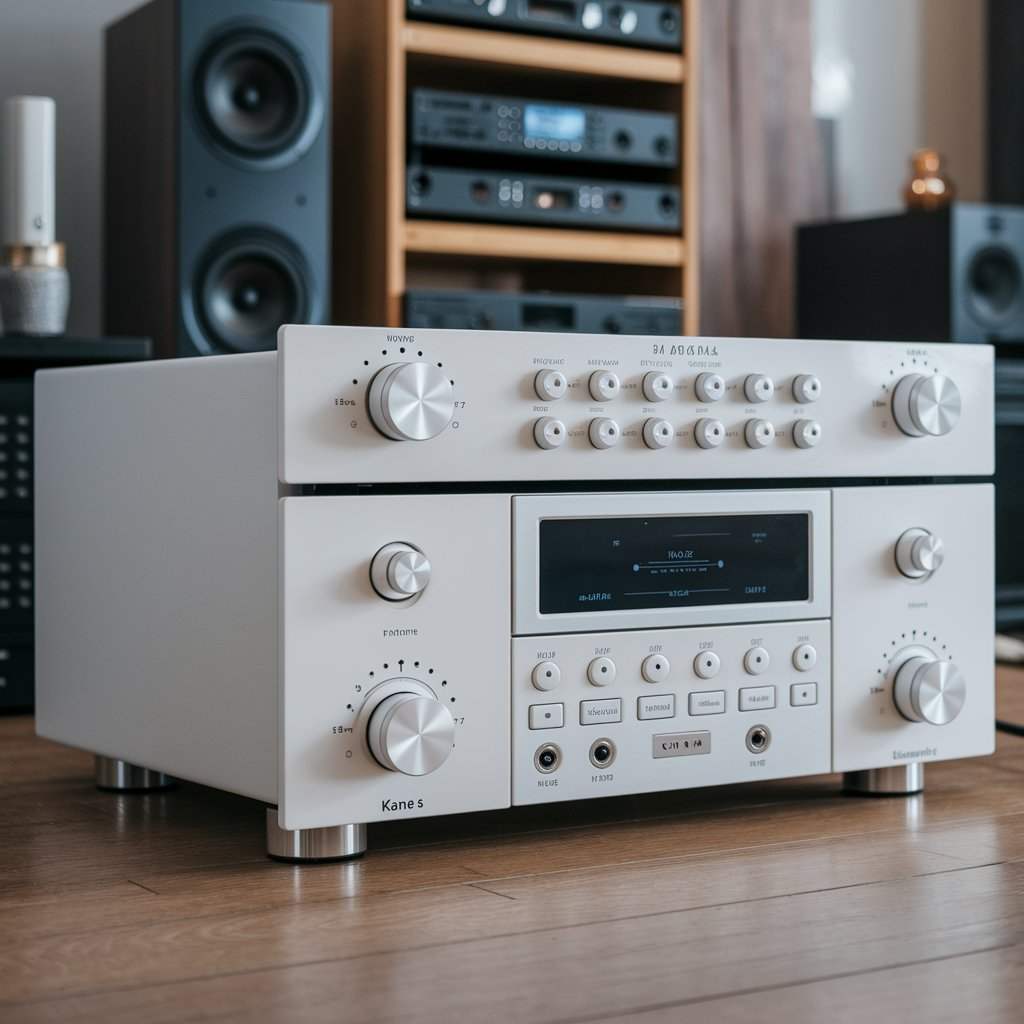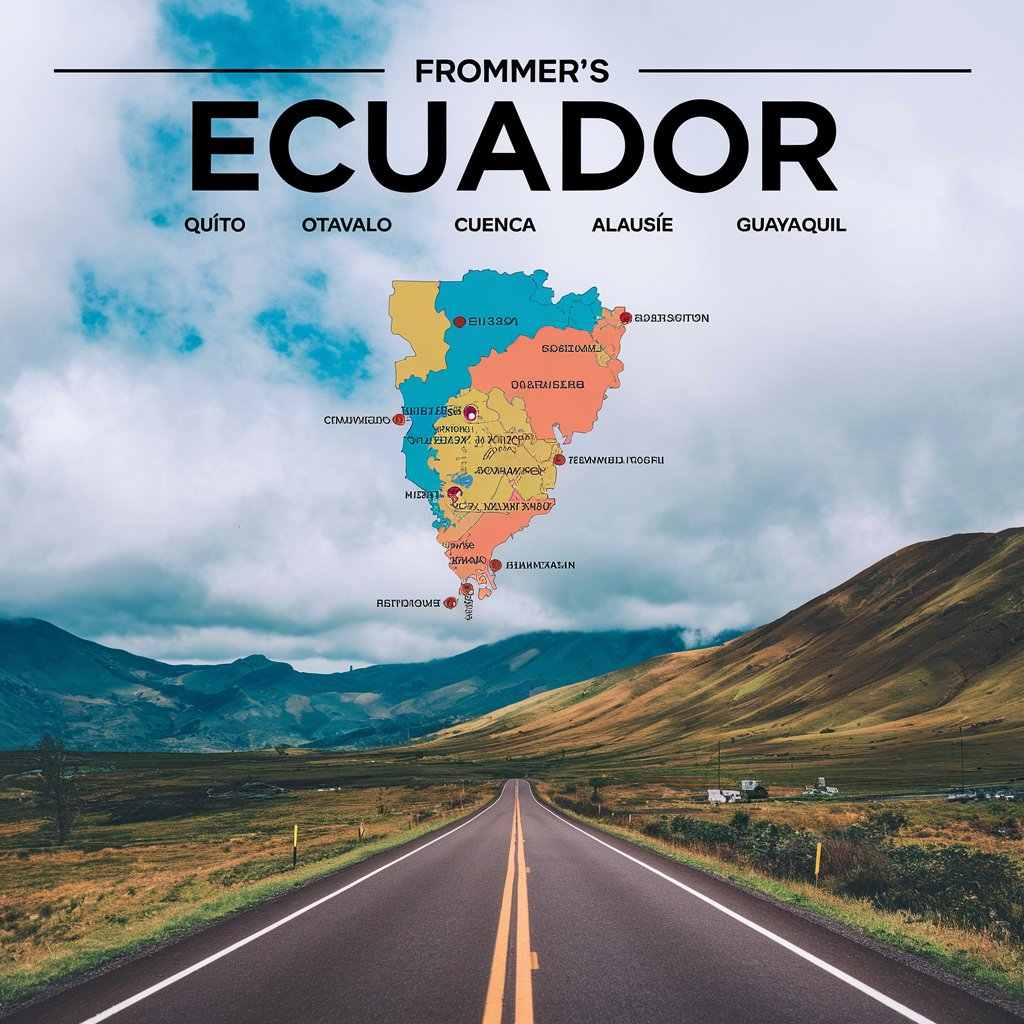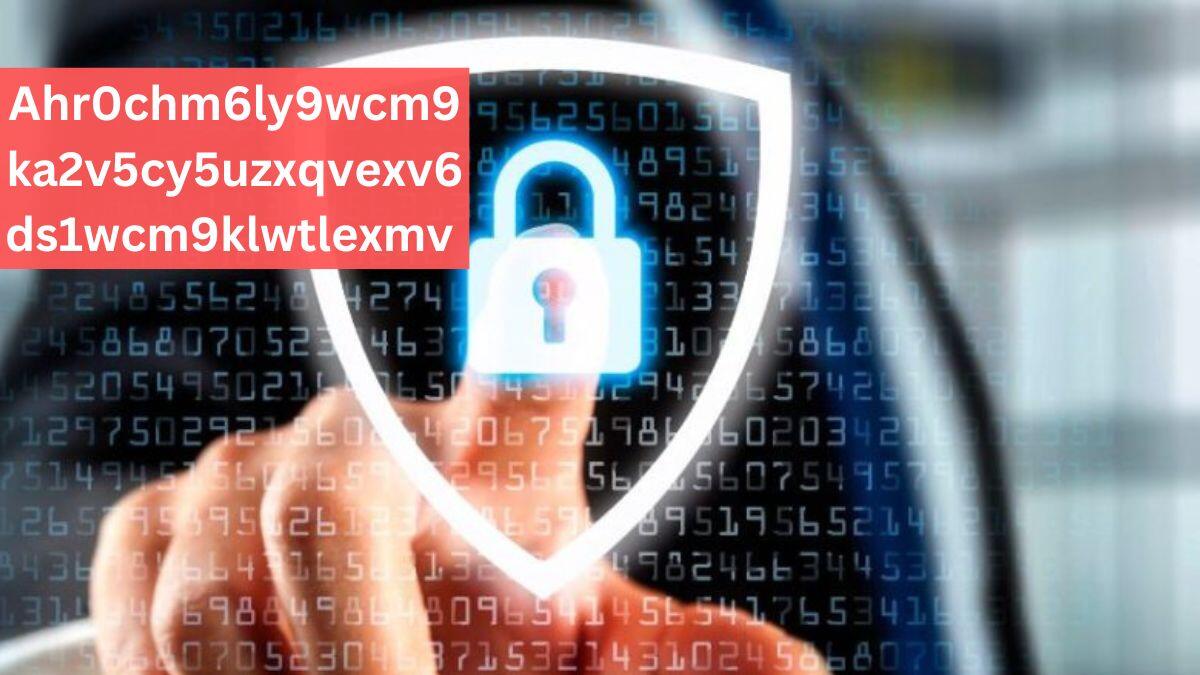The string “11.11.11.22:90018085” is intriguing, as it appears to mix elements of an IP address and a numerical identifier. While it partially aligns with standard conventions, certain components fall outside typical technical norms. This article delves into the structure, possible interpretations, and applications of “11.11.11.22:90018085,” providing comprehensive insights for tech enthusiasts and professionals alike.
Breaking Down “11.11.11.22:90018085”
1. The IP Address: “11.11.11.22”
The first segment, “11.11.11.22,” closely resembles an IPv4 address, which is commonly used to identify devices on a network.
- What Is an IPv4 Address?
IPv4 addresses are composed of four numbers separated by dots, each ranging from 0 to 255. In this case, “11.11.11.22” adheres to this structure and could represent:- A public IP address visible on the internet.
- A private network address, used internally within a local network.
- A reserved address for specific purposes like testing.
Exploring the Number “90018085”
Why Is “90018085” Unusual?
The portion “90018085” is unconventional because it exceeds the standard range for port numbers (0–65535). Ports are used in networking to identify specific processes or services.
- Possible Meanings of “90018085”:
- Custom Identifier: It might serve as an application-specific tag or identifier for a service.
- Typographical Error: It could be a mistaken input where the intended value was within the valid port range.
- Proprietary Format: In some systems, numbers like these are used for custom purposes, unrelated to standard port assignments.
- Encoded Data: It might contain information encoded in a proprietary way.
Potential Contexts for “11.11.11.22:90018085”
1. Configuration Files
Developers and system administrators often encounter strings like “11.11.11.22:90018085” in configuration files. It could be part of a setting where the IP specifies a server, and the number acts as an identifier or custom tag.
2. Log Files
In system logs, the format might appear as part of a tracking mechanism. The IP could indicate the source or destination, while the number might represent a session ID or unique transaction code.
3. Application Development
Software applications sometimes use similar strings for internal mapping. For instance, “11.11.11.22:90018085” might:
- Represent a node or server in a distributed network.
- Be part of an API call for testing or debugging purposes.
Technical Limitations of “11.11.11.22:90018085”
1. Invalid Port Number
Ports above 65535 are invalid in standard networking protocols. This renders “90018085” incompatible with most tools that expect a valid IP:port pair.
2. Ambiguity
Without additional context, interpreting “11.11.11.22:90018085” is speculative. Its structure hints at a hybrid use case that merges traditional networking with custom or proprietary systems.
3. Potential Risks
Strings like “11.11.11.22:90018085” could be flagged as suspicious in cybersecurity contexts due to their deviation from standard formats.
Analyzing “11.11.11.22:90018085” in Practical Scenarios
Scenario 1: Network Diagnostics
If encountered during network diagnostics, “11.11.11.22:90018085” could indicate a misconfigured system or an improperly formatted entry in a routing table.
Scenario 2: Database Entry
In database-driven applications, this format might represent a row that combines network and application data. The number “90018085” could correspond to a record ID or similar metadata.
Scenario 3: Cybersecurity Implications
Cybersecurity analysts might investigate “11.11.11.22:90018085” as a potential indicator of compromise (IOC), especially if it appears in unusual network traffic or unauthorized configurations.
FAQs About “11.11.11.22:90018085”
1. What is “11.11.11.22:90018085”?
It appears to combine an IPv4 address and a custom identifier, potentially for a proprietary or misconfigured application.
2. Is “11.11.11.22” a valid IP address?
Yes, it follows the IPv4 standard and could represent a device in a network.
3. Why is “90018085” invalid as a port number?
Port numbers must be between 0 and 65535. “90018085” exceeds this range.
4. Could “11.11.11.22:90018085” be a typo?
Yes, the number “90018085” might be a typographical error or misconfigured entry.
5. Where might I encounter “11.11.11.22:90018085”?
It could appear in configuration files, system logs, or as part of a custom software setup.
6. What are the risks of using “11.11.11.22:90018085”?
Misconfigured entries like this can lead to system errors or vulnerabilities.
7. Is “11.11.11.22:90018085” related to cybersecurity threats?
While not inherently malicious, its irregular format might raise red flags in security contexts.
8. How can I troubleshoot “11.11.11.22:90018085”?
Investigate its source—whether it’s a configuration file, log, or application setting. Verify its intended use.
9. Could “90018085” be an encoded value?
Yes, some systems encode information into numbers that might look arbitrary.
10. How should I handle “11.11.11.22:90018085”?
Treat it as a potential error or proprietary format. Seek clarification from the source application or system.
Final Thoughts on “11.11.11.22:90018085”
“11.11.11.22:90018085” is a curious blend of standard and non-standard elements. While the IP component aligns with familiar conventions, the numerical segment deviates significantly from norms. This mismatch suggests it could be a custom or proprietary format requiring further context to interpret.
Whether you’re a developer, network administrator, or cybersecurity professional, understanding such anomalies is essential in troubleshooting, debugging, and ensuring system integrity. Always approach irregular entries like “11.11.11.22:90018085” with caution, verifying their source and purpose to maintain smooth operations.
By thoroughly analyzing and contextualizing such strings, you can enhance your problem-solving skills and deepen your technical expertise.













































Leave a Reply